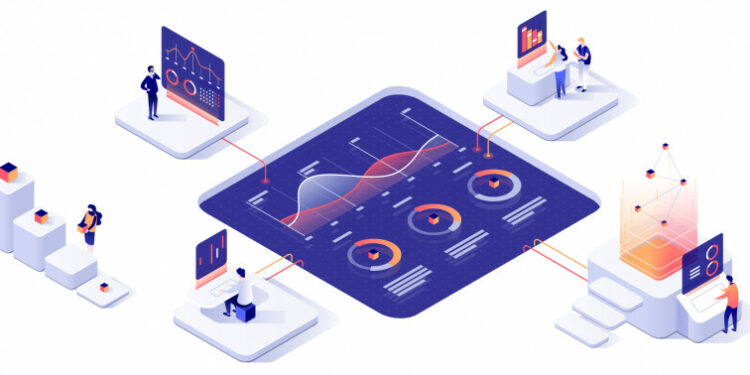We all know it: technology changes constantly. Between endless app updates and new tech goodies, it can feel like we’re always “a day late and a dollar short” in our digital worlds.
Luckily, most of the time, it’s relatively easy to get caught up. Whether it’s as simple and inexpensive as updating your apps or as easy (yet financially painful) as buying a new smart phone, keeping up to date with new tech trends is typically a DIY undertaking.
But what happens when a database ages? And what happens if a legacy database becomes obsolete? How do you and your organization continue to effectively access and efficiently modify critical data?
Unfortunately, this is a problem with no quick and easy DIY solution.
What is Database Conversion?
The database conversion process transfers data from one database type to another while maintaining the accuracy and integrity of the information. It’s typically necessary when an older database becomes outdated or, even, obsolete. It’s a complicated and tedious process that can be prone to human error.
Why is database conversion so complicated? Well, databases don’t play well together. Each was created independently and, typically, with no consideration for how other systems work. In other words, transferring data from one system to another isn’t as simple as . . . moving the data.
Each database has a unique set of parameters, or a distinct “language,” that defines how information is stored, recalled and manipulated. Therefore, moving data from one system to another isn’t a copy-and-paste job. It’s definitely more complicated than that.
How Does Database Conversion Work?
The database conversion process is demanding. Just ask those few brave internal IT teams that have tried to merge databases themselves. But there are database conversion professionals that can do the dirty work for you. They follow a careful three-step process to ensure data is accurately converted from one system to another, and the information’s integrity is maintained.
First, they’ll analyze your current database to understand how all the users utilize the information and interact with the system. Understanding these individual and organizational use-cases is critical to ensure that the data conversion process creates optimal results for all involved.
Next, they’ll create a map of the planned conversion. After all, what’s a good journey without a roadmap? This is where the rubber meets the road, so to speak. And it can be broken down into some important sub-steps.
First, they’ll create a document detailing the planned conversion. Among other things, it will show which tables from the source database populate to specific tables in the destination database. Then, they should pass it along for the client’s approval before proceeding.
Upon client approval of the mapping document, the actual conversion begins. Database engineers use these “roadmaps” to create the Structured Query Language (SQL), the programming language a database uses to manage and organize data, required to complete the conversion. This is a process that involves meticulous planning and careful application. You can think of SQL as “conduit” that allows data to move from one database to the other, while maintaining its relational accuracy.
Whoa! Slow down. Before completing an entire conversion, database professionals will test everything to ensure the data is moving between systems accurately. The initial conversions are commonly delivered to the clients in a series of “test runs.” These mocks provide a glimpse at the converted data in the new source database and may even allow the client to interact with the converted information. There may be as many as five of these smaller test runs before a conversion team may be confident enough to convert an entire database.
Database conversion may not be as simple as clicking an “update” button or springing for the latest tech gadgets. But, with a dedicated database conversion team, you can rest assured that your critical information will find its way safely into your new database.



